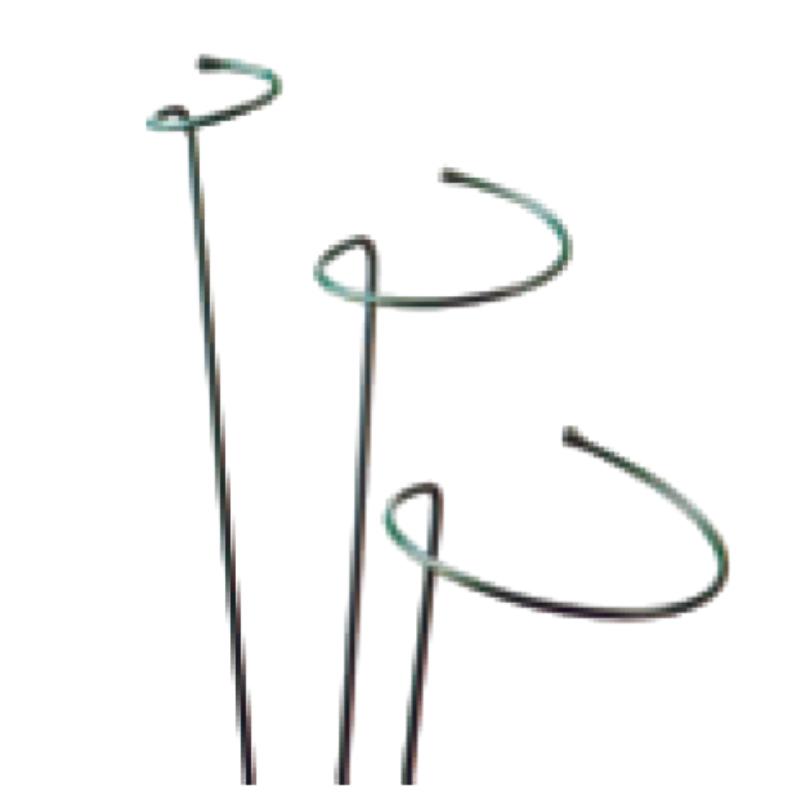-
Iimayl:zhao@hyliec.cn
-
Tel:+86 311 85273988
-
WhatsAPP:8613931128750
-
 Afrikaan
Afrikaan -
 Albaaniyaan
Albaaniyaan -
 Amxaari
Amxaari -
 Carabi
Carabi -
 Armeeniyaan
Armeeniyaan -
 Asarbayjaan
Asarbayjaan -
 Basque
Basque -
 Belarusiyaanka
Belarusiyaanka -
 Bengali
Bengali -
 Bosnia
Bosnia -
 Bulgaariya
Bulgaariya -
 Catalan
Catalan -
 Cebuano
Cebuano -
 Korsican
Korsican -
 Croatian
Croatian -
 Czech
Czech -
 Danish
Danish -
 Dutch
Dutch -
 Ingiriis
Ingiriis -
 Esperanto
Esperanto -
 Istooniyaan
Istooniyaan -
 Finnish
Finnish -
 Faransiis
Faransiis -
 Frisian
Frisian -
 Galiciyan
Galiciyan -
 Joorjiyaan
Joorjiyaan -
 Jarmal
Jarmal -
 Giriig
Giriig -
 Gujarati
Gujarati -
 Haitian Creole
Haitian Creole -
 hausa
hausa -
 hawiye
hawiye -
 Cibraaniga
Cibraaniga -
 Maya
Maya -
 Miao
Miao -
 Hungarian
Hungarian -
 Icelandic
Icelandic -
 igbo
igbo -
 Indonesian
Indonesian -
 iriish
iriish -
 Talyaani
Talyaani -
 Jabbaan
Jabbaan -
 Javanese
Javanese -
 Kannada
Kannada -
 Kazakh
Kazakh -
 Khmer
Khmer -
 Ruwanda
Ruwanda -
 Kuuriyaan
Kuuriyaan -
 Kurdish
Kurdish -
 Kyrgyz
Kyrgyz -
 Qaaxo
Qaaxo -
 Laatiinka
Laatiinka -
 Latvia
Latvia -
 Lithuanian
Lithuanian -
 Luxembourgish
Luxembourgish -
 Masedooniyaan
Masedooniyaan -
 Malgashi
Malgashi -
 Malaay
Malaay -
 Malayalam
Malayalam -
 Malta
Malta -
 Maori
Maori -
 Marathi
Marathi -
 Mongoliyaan
Mongoliyaan -
 Myanmar
Myanmar -
 Nepali
Nepali -
 Noorwiiji
Noorwiiji -
 Noorwiiji
Noorwiiji -
 Occitan
Occitan -
 Pashto
Pashto -
 Faaris
Faaris -
 Polish
Polish -
 Boortaqiis
Boortaqiis -
 Punjabi
Punjabi -
 Romanian
Romanian -
 Ruush
Ruush -
 Samoan
Samoan -
 Scottish Gaelic
Scottish Gaelic -
 Seerbiyaan
Seerbiyaan -
 Ingiriis
Ingiriis -
 Shona
Shona -
 Sindhi
Sindhi -
 Sinhala
Sinhala -
 Slovakia
Slovakia -
 Islovenian
Islovenian -
 Somali
Somali -
 Isbaanish
Isbaanish -
 Sundanese
Sundanese -
 Sawaaxili
Sawaaxili -
 Iswidish
Iswidish -
 Tagalog
Tagalog -
 Taajik
Taajik -
 Tamil
Tamil -
 Tataarka
Tataarka -
 Telugu
Telugu -
 Thai
Thai -
 Turki
Turki -
 Turkmen
Turkmen -
 Yukreeniyaan
Yukreeniyaan -
 Urduu
Urduu -
 Uighur
Uighur -
 Uzbekistan
Uzbekistan -
 Vietnamese
Vietnamese -
 Welsh
Welsh -
 I caawi
I caawi -
 Yiddish
Yiddish -
 Yurub
Yurub -
 Zulu
Zulu
Metal Plant Supports
What Is The Support Structure Of A Plant?
The support structure of a plant refers to the system of tissues and organs that provide stability and enable the plant to maintain an upright position. This support structure includes several key components:
1. Cell walls: The rigid cell walls of plant cells provide structural support, especially in non-woody plants. The cell walls help maintain the shape and rigidity of the plant's cells, contributing to its overall structure.
2. Stems: Stems play a crucial role in supporting the plant and providing a framework for the attachment of leaves, flowers, and reproductive structures. The stems also facilitate the transport of water, nutrients, and sugars throughout the plant.
3. Roots: The root system anchors the plant in the soil, providing stability and support. Additionally, roots absorb water and nutrients from the soil, contributing to the overall health and growth of the plant.
4. Vascular tissues: Xylem and phloem are specialized tissues that form the plant's vascular system. Xylem transports water and minerals from the roots to the rest of the plant, while phloem transports sugars and other organic compounds to various parts of the plant.
5. Specialized structures: Some plants have specialized support structures, such as tendrils, thorns, or aerial roots, which aid in climbing, attachment, or additional support.
The combination of these structural elements allows plants to maintain their shape, withstand environmental forces, and support essential physiological processes.
Iron Plant Supports Faq
What are the benefits of using iron plant supports?
Iron plant supports offer durability and strength, making them suitable for providing robust support for heavy or sprawling plants. They can withstand the weight of mature plants and help maintain their shape and structure.
What types of plants are best supported by iron plant supports?
Iron plant supports are well-suited for providing support to a wide range of plants, including peonies, roses, delphiniums, and other tall or heavy-flowering perennials. They can also be used for supporting climbing plants such as clematis or sweet peas.
How should iron plant supports be installed?
Iron plant supports should be installed firmly in the ground to ensure stability. When supporting individual plants, place the support structure around the plant early in the growing season, allowing the plant to grow into and around the support naturally.
Are there different styles and designs of iron plant supports available?
Yes, iron plant supports come in various styles and designs, including hoop supports, grid supports, and individual stakes. These different designs cater to the specific needs of different types of plants and can provide effective support while enhancing the visual appeal of the garden.
How can iron plant supports be maintained?
To maintain iron plant supports, periodically inspect them for signs of rust or corrosion, especially if they are exposed to the elements. If rust is present, it can be removed using a wire brush, and the supports can be treated with a rust-resistant coating or paint to prolong their lifespan.






